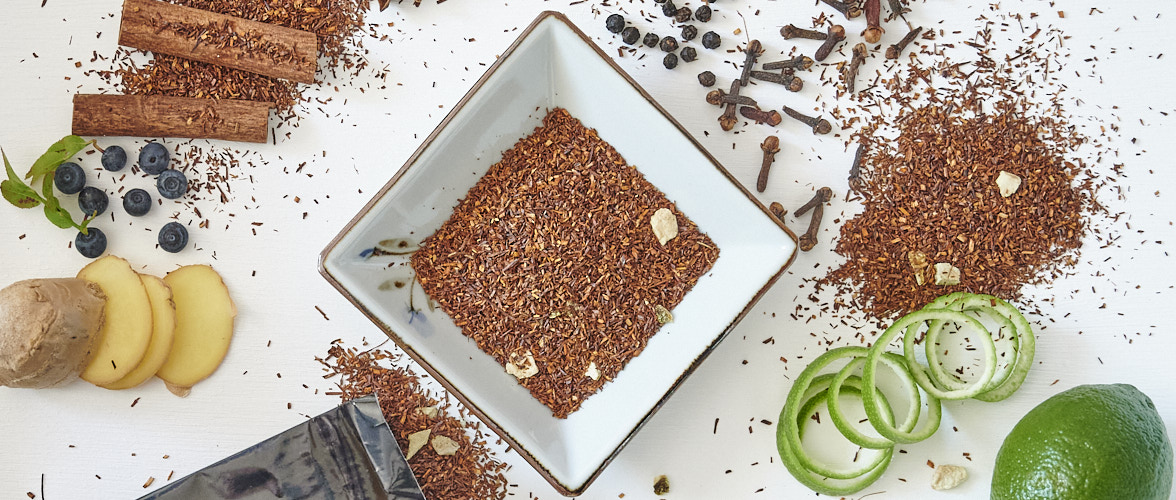
An old news
Did you ever think that rooibos (more recently known as red tea) is a new fad? As early as 1772, Linnaeus' disciple Carl-Petter Thunberg described the use of rooibos. He was on his way to Japan, but stopped in South Africa to learn Dutch from the colonizers there. And there's nothing to suggest it was a novelty then...
But of course a lot has happened since then. At the beginning of the 20th century, people started experimenting with actually growing rooibos. The plant has nothing to do with the tea bush, but is a plant, aspalathus linearis, that grows wild in South Africa and only here. At that time, the crop was also oxidized, similar to the way black tea is made. Unoxidized rooibos is pale green when dried, but the oxidized variety has a brick-red color.
Here in the West, rooibos emerged as "red tea" during the 1980s. The fact that it is caffeine-free has been a major success factor.
News
Since June 2021, "Rooibos"/"Red Bush" is a protected designation of origin in the EU. This means that you cannot call a product rooibos even if you manage to grow it somewhere else than in certain areas of the Cape Province in South Africa. So far, it doesn't grow anywhere else, so you might wonder why protection is necessary. But it is a very important product for South Africa's economy, and there is concern that someone else could take over the cultivation.
Ants and picky plants
Aspalathus linearis, as the plant itself is thus called, really only grows in limited areas of South Africa. The plant is symbiotic with certain special nitrogen-fixing bacteria. This is why attempts to grow it elsewhere have not been successful so far. And if they do succeed, they can't call it rooibos.
Around 1930, a doctor, Le Fras Nortier, became interested in rooibos and started conducting experiments. He asked local people, including his patients, to help him collect the seeds. The seeds are very small, so they are difficult to find. Most people therefore brought small, small amounts. But one woman brought a whole matchbox full. It turned out that ants (!) collect seeds. So she followed the ants, opened the stack and picked out the seeds! At the same time, she left the seeds behind so that the ants had something to eat. This method is still used to some extent in modern times.
Är du lite sugen på rooibos, hittar du hela vårt sortiment med många ekologiska rooibos här.
